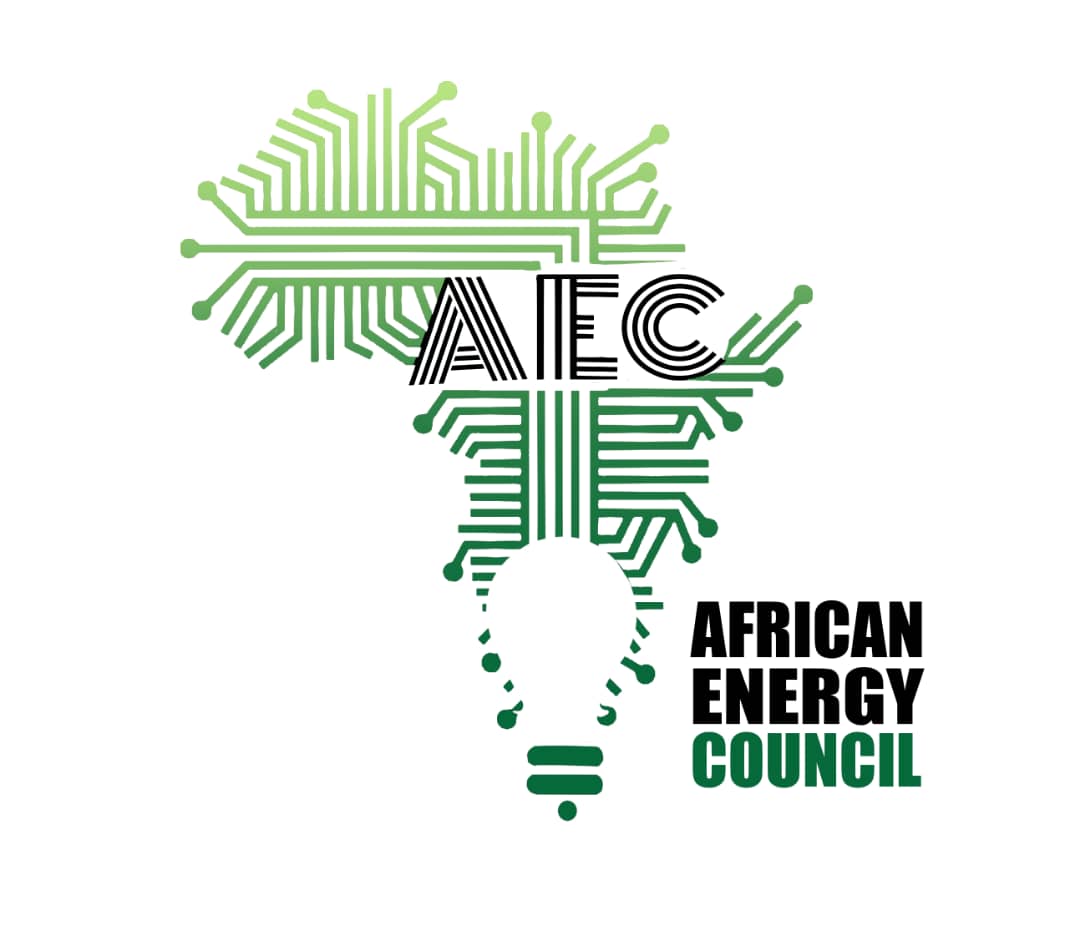This is supported by the most recent Global Offshore Wind Report, which was released this week to coincide with the United Nations Ocean Conference in Lisbon by the Global Wind Energy Council (GWEC).
“Political commitment to net-zero already puts offshore wind in a vital position for reaching net zero. The energy crisis and the Russian invasion of Ukraine have seen governments further raise their offshore wind targets as they look to secure their energy supplies”, GWEC says.
According to GWEC, which has raised its prediction for 2030 by 16.7%, or 45.3 GW, from last year’s study, the industry is set to see “a new age of explosive growth” as more and more governments around the world turn to offshore wind and set ambitious new targets.
Currently, GWEC estimates that 260 GW of additional offshore wind capacity might be added between 2022 and 2030, increasing the total installed offshore wind capacity to 316 GW by the end of this decade.
Asia to Become Leading Market
Currently, offshore wind projects with a 23 GW capacity are being built. Construction of offshore wind projects is now led by Europe, with a 49.5% market share, followed by Asia (46.4%) and the US ( 4.1 per cent).
With 7.8 GW now under construction, China is the market with the most activity, followed by the UK (5.6 GW), Netherlands (2.3 GW), Taiwan (2.1 GW), France (1.4 GW), and Germany (1.4 GW) (1.1 GW).
The most intriguing finding from the GWEC analysis, when considering what will be signed by the end of this year, is that Asia is projected to overtake Europe as the world’s largest offshore wind market, with Europe not likely to recover it until 2031.
In 2031, the volume of annual offshore wind installations is expected to more than double that installed last year, amounting to 54.9 GW, with offshore wind’s share of new global wind installations to grow from 23 per cent in 2021 to at least 30 per cent by 2031.
GWEC Upgrades Floating Wind Projections
In addition, GWEC has increased its global floating wind projection for 2030 by 14% over the report from the previous year, predicting that 18.9 GW will likely be deployed globally by 2030.
With 57 MW of new installations, floating offshore wind has moved past the demonstration stage and into the pre-commercial stage, bringing the total deployed globally to 121.4 MW.
48 MW of those new installations were located in the UK, followed by 5.5 MW in China and 3.6 MW in Norway.
The current worldwide floating project pipeline now stands at 120 GW because of the expanded floating wind target in the UK and the expedited floating project development operations in Europe, Asia, and North America.

